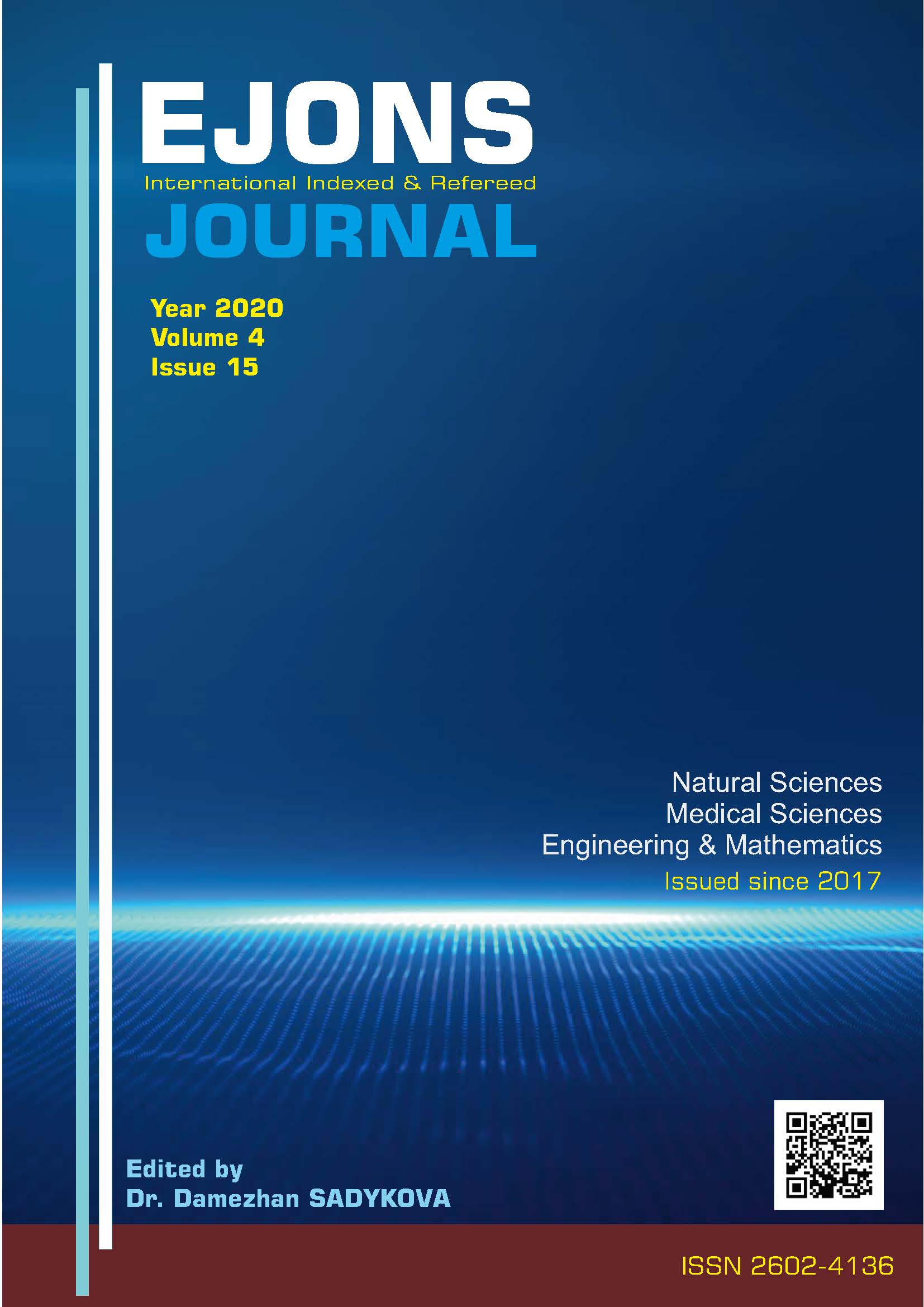DETERMINATION OF YIELD, CHEMICAL CONTENT AND ANTIOXIDANT CAPACITY OF BLACK CUMIN (Nigella sativa L.) AT DIFFERENT PLANTING TIMES IN AKSARAY ECOLOGICAL CONDITIONS
DOI:
https://doi.org/10.38063/ejons.268Keywords:
Black seed, sowing time, seed yield, fixed oil, essential oil, antioxidant capacityAbstract
In this study, yield, fixed and essential oil ratios and total antioxidant capacities were determined for different sowing times of Nigella sativa under the ecological conditions of Aksaray in the spring vegetation period of 2016 and 2017. Sowing was carried out in 6 different times of 2016 and 2017 between 1-9 March, 15-20 March, 1-5 April, 15-20 April, 1-5 May and 15-20 May. It was determined that there was no statistically significant difference (P> 0.05) between the years in terms of seed yield. The highest seed yield (62.3 kg da-1) was taken at the 1st sowing time, the yield decreased as the sowing time delayed. The fixed oil rate is 36.4% and 38.2% in the 1st sowing times of 2016 and 2017, and the essential oil rate is the 1st sowing (0.45%), the 2nd sowing (0.43%) time in 2017 and 2017. It was observed that the year reached the highest rates in the 1st October (48%) and 2nd October (45%) time. Total amount of phenolic substances in 2016-2017 in the 1st, 2nd and 3rd sowing times; It was determined that the total flavonoid substance amount reached the highest values in the 1st and 2nd sowing times and the DPPH radical sweeping power reached the highest values in the 1st sowing time. As a result, it has been determined that the most suitable sowing time for Nigella is 1. (1-9 March) and 2. (15-20 March) in terms of seed yield, fixed-essential oil rates and antioxidant capacity.
Downloads
Published
How to Cite
Issue
Section
License

This work is licensed under a Creative Commons Attribution-NonCommercial 4.0 International License.


